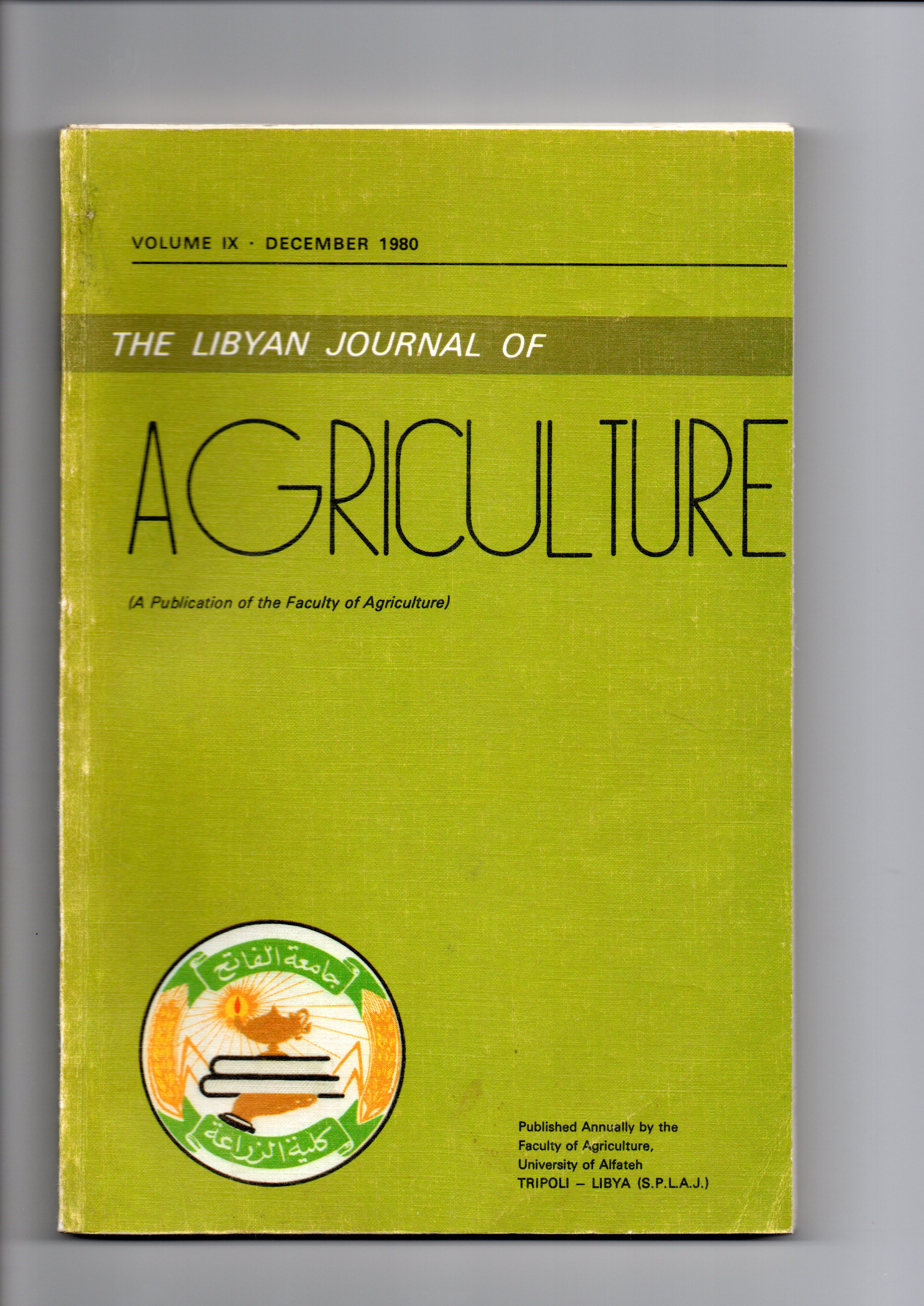Effects of Salinity and Meloidogyne incognita Infection on the Distribution of Sodium (Na + ), Potassium (K + ) and Chloride (Cl-) in Tomatoes
Main Article Content
Abstract
Four tomato cultivars (Lycopersicon esoulentum c.v. Beefmaster, c.v. Hunts 2580, c.v. Atkinson, and c.v. Ronita) were grown in a sandy soil treated with 1:1 ratio of NaCl and CaCL to produce ECc of 0, 1.5. 2.5, 3.5 and 5.0 mmhos/cm. Half the plants of each cultivar at each salinity level were inoculated with root-knot nematode (Meloidogyne incognita). Samples of roots and leaves were taken from 12 replicates of each treatment after 60 days. The roots and leaves were analysed for Na*, Cl-, and K.-. The concentration in leaves and roots of these elements increased with an increase in salinity. The addition of nematodes increased the concentration of chloride in both roots and leaves of Atkinson and Hunts and in roots of Beefmaster. Nematode infection of salt-stressed c.v. Ronita caused slight increase in Cl - concentration of leaves or roots. Salt-stressed plant roots contained higher Na+ than leaves, but were much lower in K+ in all varieties. However, the interaction of salinity and root-knot nematode resulted in less Na+ in leaves and roots of all varieties tested. Nematode recovery from roots was low for the first 96 hours, possibly due to some inhibitory effects of these ions on egg hatching.

